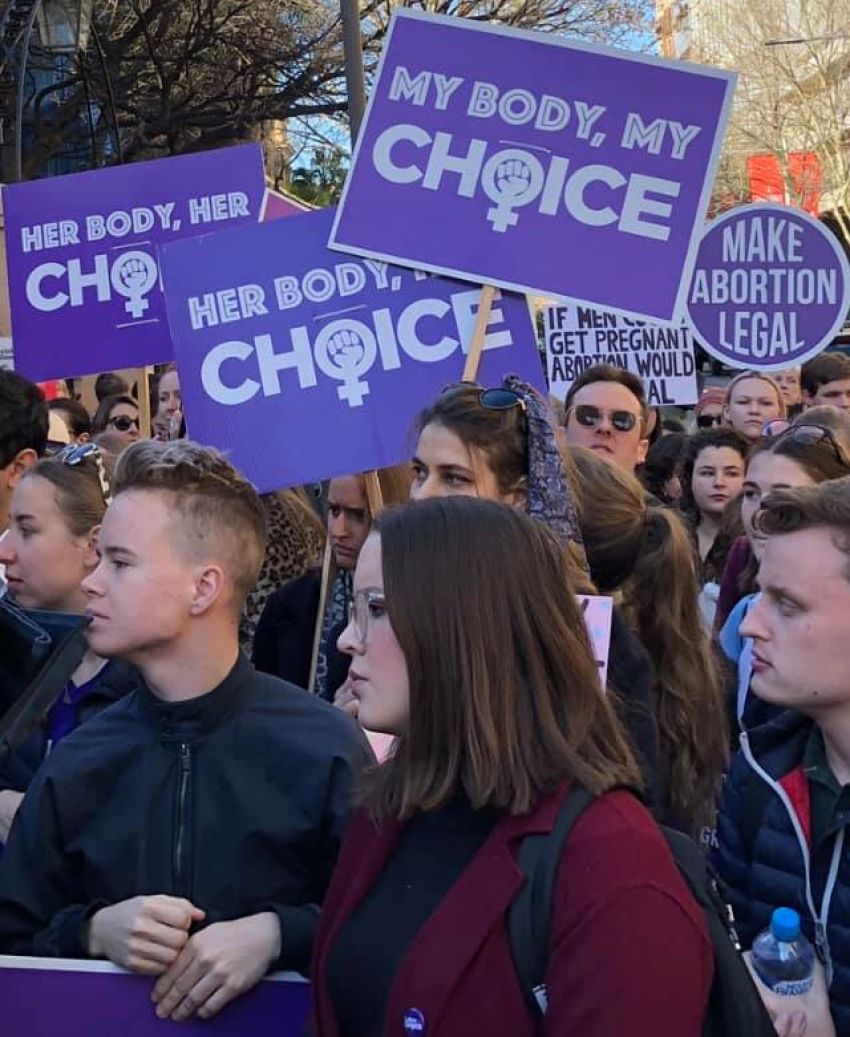
Every day, Australian women face the real prospect of violence. A recent publicised example was the tragic death of Michaela Dunn and attempted murder of Lin Bo at the hands of a knife-wielding murderer in the streets of Sydney. But most violence against women happens in the home, not in the headlines.
Media stories of deadly violence against women are too common today: on average, one woman is murdered every week by a current or former partner. But little attention is paid to everyday physical violence, and much less to the economic violence against women on which capitalism rests.
The numbers show how widespread this epidemic is:
-
One in three women experienced physical violence as adults (after the age of 15);
-
One in 10 women have experienced physical violence by a stranger;
-
One in four women have experienced emotional abuse; and
-
One in six women have experienced sexual abuse.
Women are also more than twice as likely as men to experience a mental health condition as a result of domestic violence.
This means that hundreds of thousands of women are living in fear and suffering the long-term traumatic effects of violence.
The corporate media prefers to focus on headlines that shock because millions of dollars of profits are at stake.
Combined with feel-good but ineffective public awareness campaigns such as White Ribbon, it can seem like real progress is being made.
Federal government cuts to funding for Community Legal Centres — a front-line legal advice provider to women escaping domestic violence — shows how little it cares about this societal abuse.
The contrast between the ruling class’s willingness to profiteer from stories about violence against women and its cuts to funding for organisations that help women find safety from violence is stark.
Economic violence against women is always lurking below the surface but receives none of the exposure. Like physical violence, poverty comes with a gendered dimension.
Overwhelmingly, women are more likely to take responsibility for children when fleeing an abusive relationship. If they become homeless, so do their children.
With the rise of precarious work in the hospitality and childcare sectors and the casualisation of once-stable jobs, women are once again being forced to shoulder an additional burden they did not ask for.
This can take some fairly low-key, but humiliating, forms. The Canberra Times recently reported that women working at Monster Bar were forced to dress in a “slim-fit white blouse and black pleather skirt” while male counterparts were dressed much more authoritatively, in blazers and trousers.
Bosses will happily play this one as a question of choice: “If you don’t like it, don’t work here.” But what choice does an employee have when it comes down to being respected or getting enough shifts to pay the rent?
Under these conditions, it is no surprise that women workers are often more highly exploited.
Late last year, the National Union of Workers sounded the alarm over persistent sexual abuse in Chemist Warehouse distribution centres.
Chemist Warehouse’s business model includes an extremely flexible labour hire system, where workers are not guaranteed shifts.
It was only a matter of time before dodgy supervisors started using economic coercion to engage in sexual abuse while discouraging victims to speak out.
Violence against women is not just about one-off attacks by deviant men. It is also built into the system that thrives on keeping women down. If we want to change people and stop violence against women, we need to change the circumstances in which we live.
We need to campaign for measures that will give women more control over our lives.
The struggle to decriminalise abortion in New South Wales shows how women can organise to have reproductive rights recognised, putting paid to the paternalistic and wrong assumption that we cannot be trusted to make decisions about our bodies.
The ongoing fights for equal pay and against sexual harassment also show what women can achieve if we urge unions to take up these fights.
The best way to end violence against women is to make women stronger — at work and at home. This means fighting for a strong and properly-funded women's shelter network and equal pay and conditions at work, among other things.
Ultimately, only by removing the material inequalities that underpin sexism and misogyny will we be in a stronger position to win the fight for dignity and respect.
[Read the Socialist Alliance’s Charter for Women’s Right at socialist-alliance.org.]